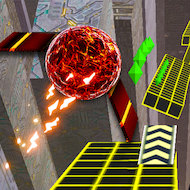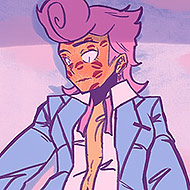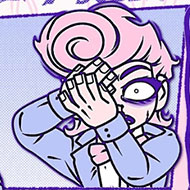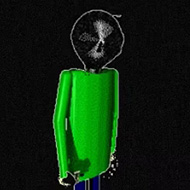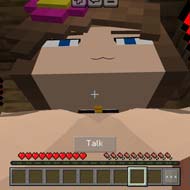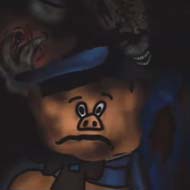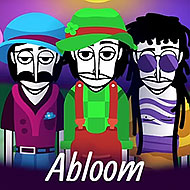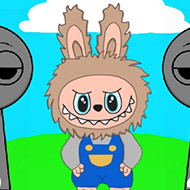
Sprunki, But It’s Labubu
Sprunki, But It’s Labubu transforms familiar challenges into playful chaos by replacing standard rules with unpredictable behavior. Labubu doesn’t just change the visual aesthetic—it alters the entire system of rewards, risks, and control. From the opening screen to the final level, the game tests whether the player can make meaning out of nonsense—and then twists that meaning when they least expect it.
Labubu Mechanics: Movement, Manipulation, Mayhem
Movement in Sprunki, But It’s Labubu is tied to Labubu’s ever-shifting mood. Sometimes the character dashes uncontrollably forward. Other times, jump inputs morph into different actions like spinning or reversing gravity. This variability challenges players to think situationally, adjusting not just to terrain but to Labubu’s fluctuating personality.
- Labubu’s mood bar determines how inputs are interpreted.
- Interactive hazards may assist or sabotage based on timing.
- Player death sometimes rewinds rather than restarts levels.
Environmental Storytelling Without Dialogue
Sprunki, But It’s Labubu doesn’t tell a story through cutscenes—it builds one through layered visual changes. The more you experiment, the more the game reacts. Trees melt. Platforms float away. Background characters alter their movement to reflect your previous decisions. These changes aren’t decorative—they serve gameplay functions that shift based on observation.
- Objects animate differently if ignored versus engaged.
- Color shifts represent hidden paths and corruption levels.
- Terrain erosion signals the presence of time-based puzzles.
How to Master a Game That Rejects Logic
Victory isn’t about speed or precision—it’s about curiosity. Labubu rewards creative problem-solving and punishes repetition. The game’s wildest secrets often unlock after failure, including hidden levels, movement upgrades, and full-world visual transformations. To win here, you must first learn to lose the right way.
Sprunki, But It’s Labubu rewrites every familiar interaction and replaces it with a sandbox of unpredictable feedback. For players willing to embrace the absurd and think on their feet, the experience becomes less about levels and more about unraveling the character’s surreal logic.
Comments
There are no reviews yet. Be the first one to write one.

